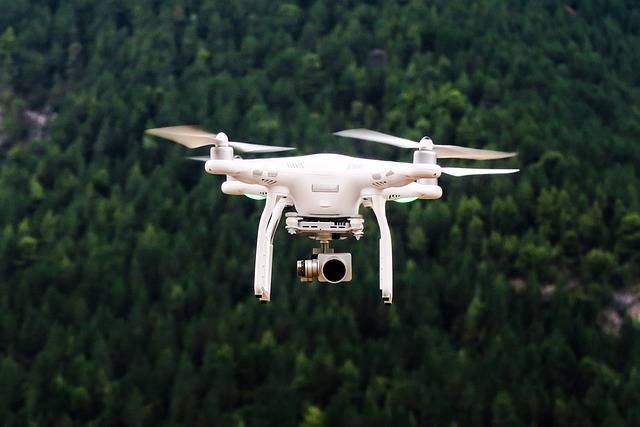In today’s rapidly evolving world of technology, VR drones are at the forefront, offering an unprecedented way to experience the skies. Imagine being able to soar above landscapes, glide through cityscapes, or perform thrilling aerial maneuvers, all while comfortably grounded. The convergence of drones and virtual reality opens up a realm of possibilities, making aerial adventures more accessible and immersive than ever before.
The core allure of using VR with drones lies in its ability to transport users to a pilot’s seat without them leaving the safety of the ground. With the advent of advanced virtual reality headsets, users can now experience a 360-degree view, giving them a realistic perspective as if they were actually flying. This capability is not just exciting but also educational and practical.
The Technology Behind VR Drones
The integration of VR and drones involves syncing a camera-equipped drone with a VR headset. As the drone transmits real-time footage, the wearer of the VR headset is able to view the environment from the drone’s point of view. Recent advances in technology ensure seamless streaming and minimal lag, which are crucial for effective operation and an authentic experience. Notably, this technology is being utilized in both consumer and commercial fields.
Applications of VR Drones

VR drones are used for various applications, ranging from leisure to professional use. On the recreational side, users are taking advantage of this tech for enhanced gaming experiences, creating unparalleled virtual tours over diverse terrains, or just casually exploring their own neighborhood from a bird’s eye view. On a more professional level, industries like real estate, agriculture, and emergency response are utilizing VR drones to optimize their services. For instance, real estate agents offer potential buyers virtual tours of properties, while farmers assess crop health using overhead views without needing to set foot in the fields.
Choosing the Right VR Drone
When venturing into the world of VR drones, it’s essential to choose the right model that aligns with your purpose and budget. Key factors include camera quality, flight time, range, and the VR headset compatibility. Opt for drones that offer high-resolution cameras for clearer and more detailed imagery. Additionally, considering the flight time and range will ensure longer exploration periods and comprehensive coverage of desired areas. Compatibility with the latest VR headsets is also vital for an enhanced experience.
Safety and Regulations
As with all aerial technologies, safety must be a priority. Users should familiarize themselves with local regulations regarding drone flight to prevent legal issues and ensure the safety of other individuals. Proper understanding of the drone’s operation through practice in open spaces can also minimize risks. Keeping track of battery levels and environmental conditions such as weather changes is crucial for a safe and enjoyable experience.
Future Innovations in VR Drone Technology
The future of VR drones holds much promise. With rapid advancements, we can expect even more synchronized systems, better battery technology for extended flight times, and innovations in haptic feedback, allowing users to feel the wind resistance or motion as if truly flying. Additionally, VR combined with AI enhances autonomous flight capabilities, making drones smarter and more efficient.
FAQs for Maintaining VR Drones
Here are some common questions about maintaining VR drones:
- How often should the drone be serviced? This depends on the frequency of use, but a general guideline is to conduct a thorough check every 20 flight hours.
- What should I do if the video feed is lagging? Ensure that the drone and headset firmware are up to date and minimize interference from other electronic devices.
- Is it possible to upgrade the camera? Many drones offer modular designs that allow for camera upgrades, enhancing image quality significantly.
In summary, VR drone technology is transforming how we interact with and perceive the world. It’s revolutionizing leisure activities and providing significant enhancements in professional fields. With continual advancements, the potential for this technology is limitless, promising more dynamic and realistic airborne experiences.